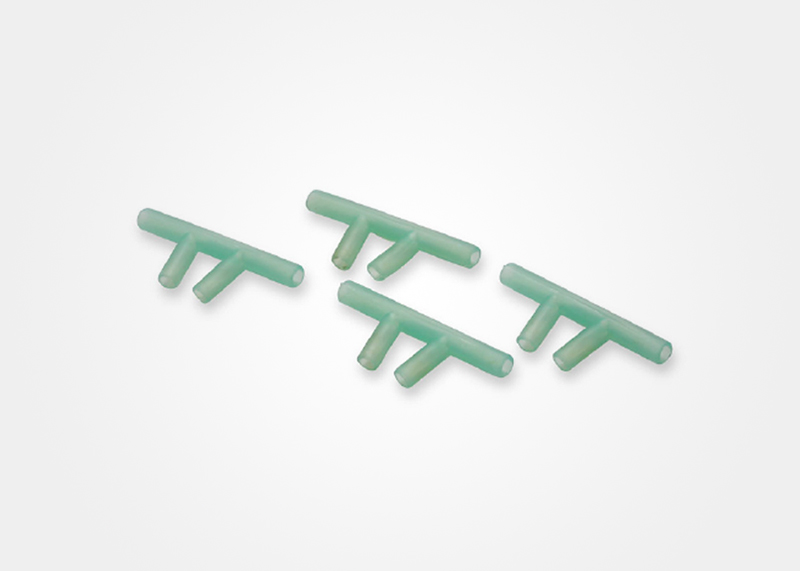SILICONE MENSTRUAL CUP
A menstrual cup is a type of reusable feminine hygiene product. It’s a small, flexible funnel-shaped cup made of Biocompatible Implantable silicone that you insert into your vagina to catch and collect period fluid.
Silicone Menstrual Cups can hold more blood than other methods, leading many women to use them as an eco-friendly alternative to tampons. And depending on your flow, you can wear a cup for up to 12 hours.
HOW TO USE A MENSTRUAL CUP?
If you’re interested in using a menstrual cup, talk with your gynaecologist. We offer small and large versions.
To figure out the right menstrual cup size for you, you and your doctor should consider:
- your age
- length of your cervix
- whether or not you have a heavy flow
- firmness and flexibility of the cup
- cup capacity
- strength of your pelvic floor muscles
- if you’ve given birth vaginally
Smaller menstrual cups are usually recommended for women younger than 25 years old who haven’t delivered vaginally. Larger sizes are often recommended for women who are over 25 years old, have given birth vaginally, or have a heavier period.
BEFORE YOU PUT IN YOUR MENSTRUAL CUP
When you use a menstrual cup for the first time, it may feel uncomfortable. But “greasing” your cup can help make the process smooth. Before you put in your cup, lubricate the rim with water or a water-based lube (lubricant). A wet menstrual cup is much easier to insert.
HOW TO PUT IN YOUR MENSTRUAL CUP?
If you can put in a tampon, you should find it relatively easy to insert a menstrual cup. Just follow these steps to use a cup:
- Wash your hands thoroughly.
- Apply water or a water-based lube to the rim of the cup.
- Tightly fold the menstrual cup in half, holding it in one hand with the rim facing up.
- Insert the cup, rim up, into your vagina like you would a tampon without an applicator. It should sit a few inches below your cervix.
- Once the cup is in your vagina, rotate it. It will spring open to create an airtight seal that stops leaks.
You shouldn’t feel your menstrual cup if you’ve inserted the cup correctly. You should also be able to move, jump, sit, stand, and do other everyday activities without your cup falling out. If you’re having trouble putting in your cup, speak with your doctor.
WHEN TO TAKE YOUR MENSTRUAL CUP OUT?
You can wear a menstrual cup for 6 to 12 hours, depending on whether or not you have a heavy flow. This means you can use a cup for overnight protection. You should always remove your menstrual cup by the 12-hour mark. If it becomes full before then, you’ll have to empty it ahead of schedule to avoid leaks.
HOW TO TAKE YOUR MENSTRUAL CUP OUT?
To take out a menstrual cup, just follow these steps:
- Wash your hands thoroughly.
- Place your index finger and thumb into your vagina. Pull the stem of the cup gently until you can reach the base.
- Pinch the base to release the seal and pull down to remove the cup.
- Once it’s out, empty the cup into the sink or toilet.
CUP AFTERCARE
Reusable Silicone menstrual cups should be washed and wiped clean before being reinserted into your vagina, Recommended to boil in water for a while ( in house autoclaving system). Your cup should be emptied at least twice a day. Reusable menstrual cups are durable and can last for 6 months to 10 years with proper care. Throw away disposable cups after removal.

.png)



